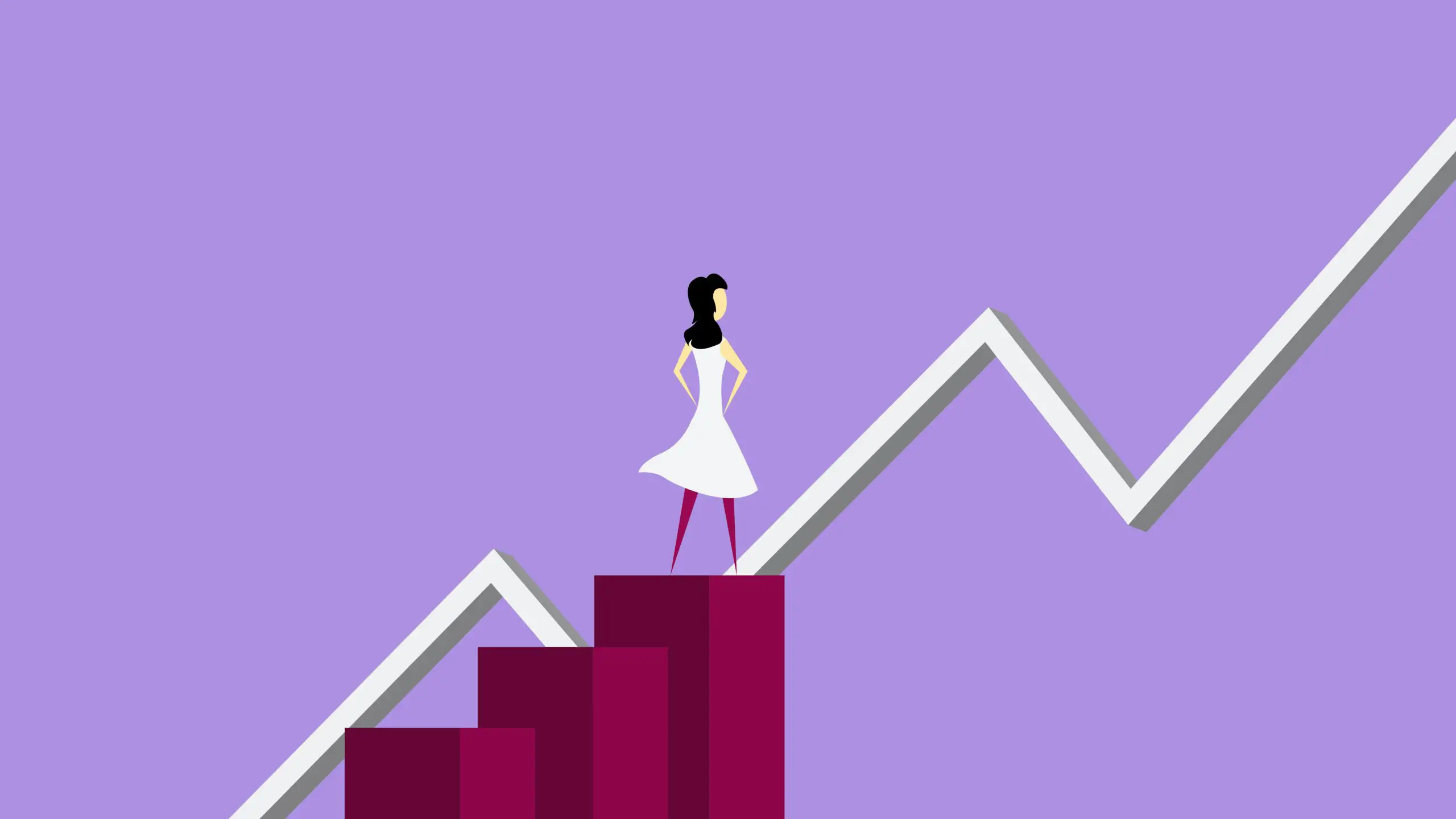One of the most common mistakes investors make is to chase yield, whether they are investing in bonds or dividend stocks. But why is it important to don’t chase yield? Should you always avoid high-yield bonds and high-dividend stocks?
In this article, we will look at why it is important to always consider the risks associated with high yields.
What does it mean to chase yield?
Chasing yield is a common stock market expression that characterizes investors who tend to focus too much on the yield of bonds or dividend stocks. Instead of analyzing the company’s issuing the bonds or paying the dividends they simply look at the yield of their investment.
Why is yield important?
Yield is one of the most important metrics, especially for investors looking to generate additional income from their portfolios. It is a simple way to measure returns, on a yearly basis. Whether you are investing in bonds and the yield on the coupon will represent most of the return, or you are investing in dividend stocks, and the dividend yield is a major part of your returns also.
In some cases, investors tend to put too much emphasis on the yield, especially when it comes to stocks that pay dividends. While a high-dividend stock can be a great investment, they also carry risk, and it is important to understand exactly why the dividend yield is high.
How to analyze the dividend yield of stocks

Even before we dive deep into some of the most important metrics, and ratios to look for when investing in high-yield bonds and stocks we need to first understand why dividend stocks or bonds have a high yield.
High yield is nothing more than a signal of risk, the riskier an investment is the higher the yield will be. Investors need to be rewarded according to the risks they take, and if you are buying a stock in a company that could go bankrupt you want to receive a high return for taking that risk.
Based on the same concept, you would only lend money to a risky company if you are receiving a high yield, and this is why junk bonds or high yield bonds carry more risk.
Researching high-dividend stocks
When researching high-dividend stocks there are a few metrics that can help you understand whether or not the dividend is sustainable, and if it is putting the company at risk. Let’s look at some questions you should ask yourself before investing in high-yield dividend stocks:
- Is the dividend a high percentage of the company’s net income?
If the dividend is a high percentage of the net income, this could signal that the company may cut the dividend in the short to medium term.
- What is the company’s balance sheet like?
Companies with a strong balance sheet and low debt are more likely to sustain dividend payments, even if they have a bad quarter.
- Is the dividend sustainable?
A stock whose dividend is unsustainable might have a very high dividend yield, but that is also a risk. If the dividend is halted or cut, you can expect the stock to tank.
- Could the company cut its dividend?
Understanding whether or not the company might cut its dividend can also prevent future losses. Once a company cuts its dividend the stock price will directly be affected.
- Should the company be allocating capital in a different way? Is there a better way to reward shareholders?
While some investors are die-hard dividend fans, others prefer to see shareholder returns in the form of buybacks or even capital gains. Additionally, there is also the risk of underinvesting in the business and losing competitiveness or possibly not growing.
There are also a few ratios and metrics you can use to help answer these questions:
Payout ratio
Determining whether the company is spending most of its income on dividends is the first step you need to take to analyze a high dividend stock. Start by checking the stock’s payout ratio.
The payout ratio compares the company’s net income with the dividends. As the formula suggests:
Payout Ratio = Total Dividends / Net income
Ideally, you want to avoid stocks with a payout ratio above 100%, which means that the company is using its cash reserves or borrowing money in order to pay its dividend. While the payout ratio can be above 100% during certain periods of time, it is usually a bad sign, and it will most likely lead the company to cut its dividend.
A company with a payout ratio under 70% to 80% is relatively safe. However, this depends on the company itself and the industry. While some companies are cash cows with plenty of cash flow to cover their dividends, some companies are still growing and perhaps a high payout ratio could be a red flag.
To be completely safe, you want to avoid stocks with a payout ratio above 60%. A high payout ratio can also mean that the company has less capital to reinvest in the business and remain competitive or even grow its business.
Current ratio
The current ratio is a simple way to analyze the company’s balance sheet. While it is always a better approach to analyze the balance sheet in detail, by examining each line, the current ratio can give you a very good impression if the company is in a good short-term position.
The current ratio compares the company’s current assets with its current liabilities:
Current Ratio = Current Assets / Current Liabilities
Naturally, you want to avoid dividend stocks with a current ratio under 1. The reason is that stocks with a current ratio under 1 have more current liabilities than current assets, and most likely the company will have to either cut the dividend, borrow money or sell assets to meet those obligations within the next 12 months.
It is important to look at high-dividend stocks with a current ratio above 1.5, which means that the company has 50% more current assets than its current liabilities. This ensures that if something unexpected happens, the company does not have to rush and sell assets or cut or halt the dividend.
Cash flow, cash flow, cash flow
While some metrics like price-to-earnings or net debt-to-EBITDA can be useful, it all comes down to cash flow. By analyzing the company’s cash flow statement, you can actually see whether or not the dividend is sustainable, and if the company is allocating capital in the best way possible or not.
Understand what percentage of the company’s operational cash flow is being used for dividends and whether the company might be underinvesting in the business. This can also be compared against the competitors in the same industry.
Lastly, you want to make sure that the company is growing or at least maintaining its free cash flow, which is by far the most important metric to evaluate any stock.
Dividend History
Looking at the history of the dividend payments can also be extremely helpful to identify trends, and seeing how the management decides to award dividends to shareholders. While some companies are conservative and raise dividends every year, even if the raise is minimal, other companies choose a different approach, like buybacks or even special dividends.
Analyze the dividend growth ratio, and whether or not the company has been growing its dividend over the past, even if there are some dividend cuts here and there.
While past performance is not indicative of the future, it is always helpful to have a historical perspective when investing in dividend stocks.
Conclusion
Investing in a stock simply because the dividend yield is high is one of the most common mistakes investors make. There is a multitude of factors to consider when investing in a stock and you want to avoid buying a stock that will go down because the dividend gets cut or halted.
Investors should also be aware of the additional risks associated with high-dividend stocks.

